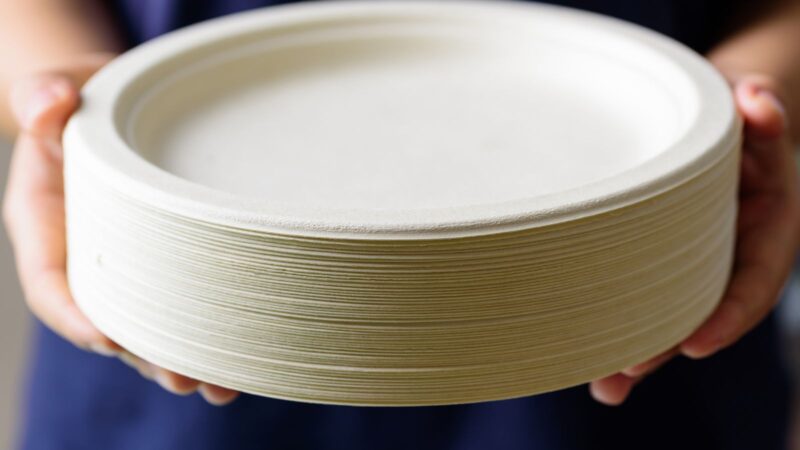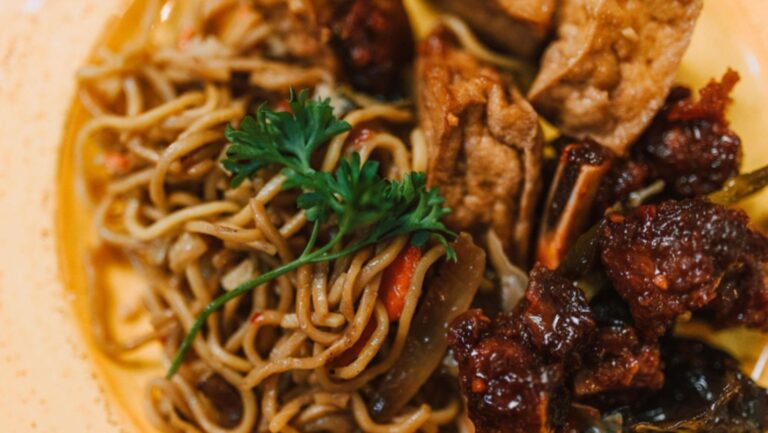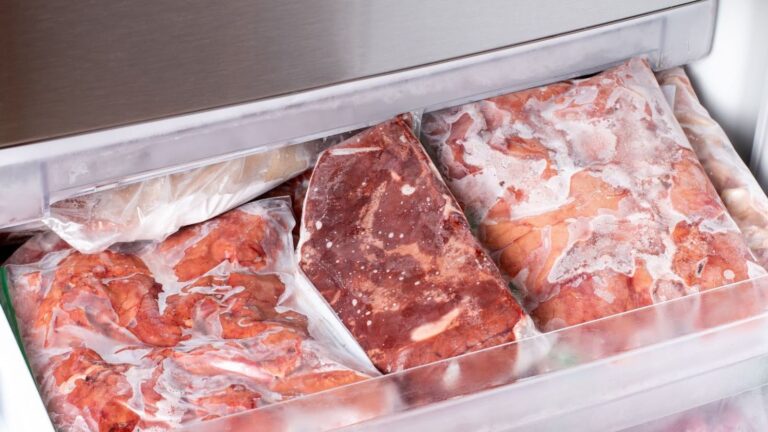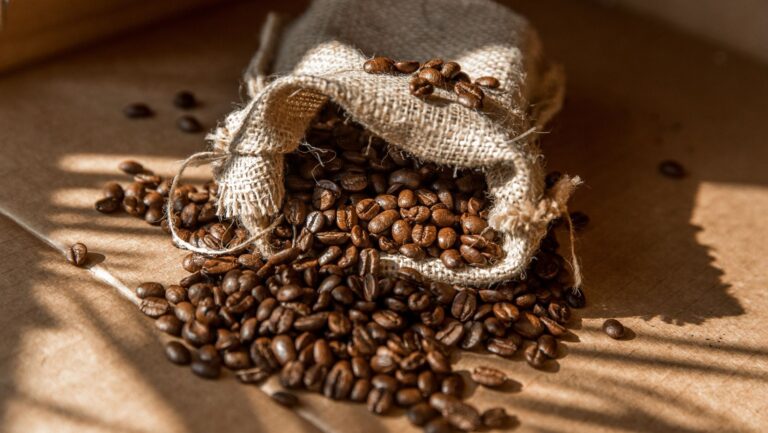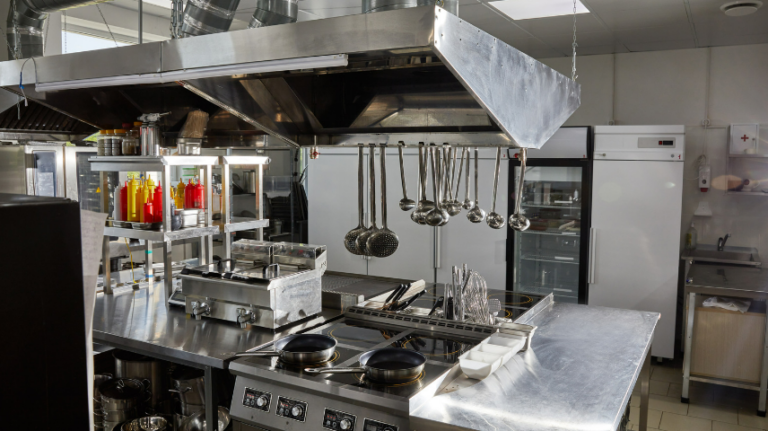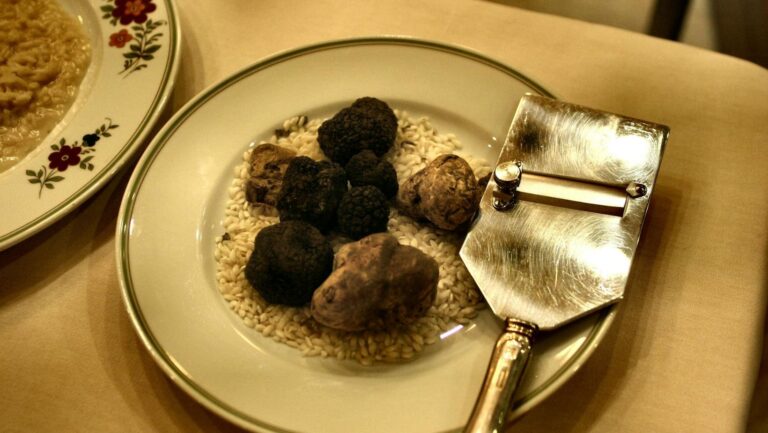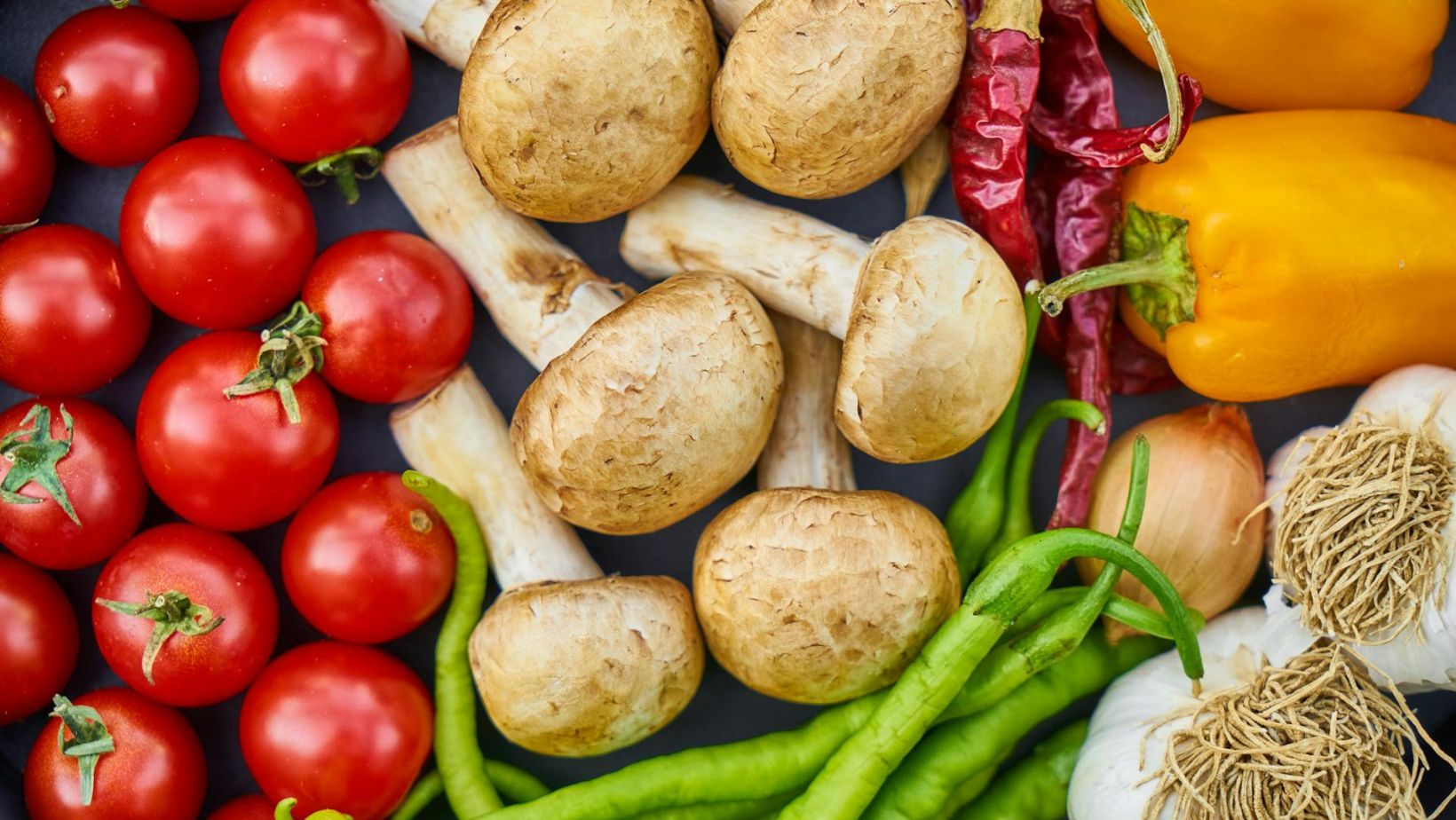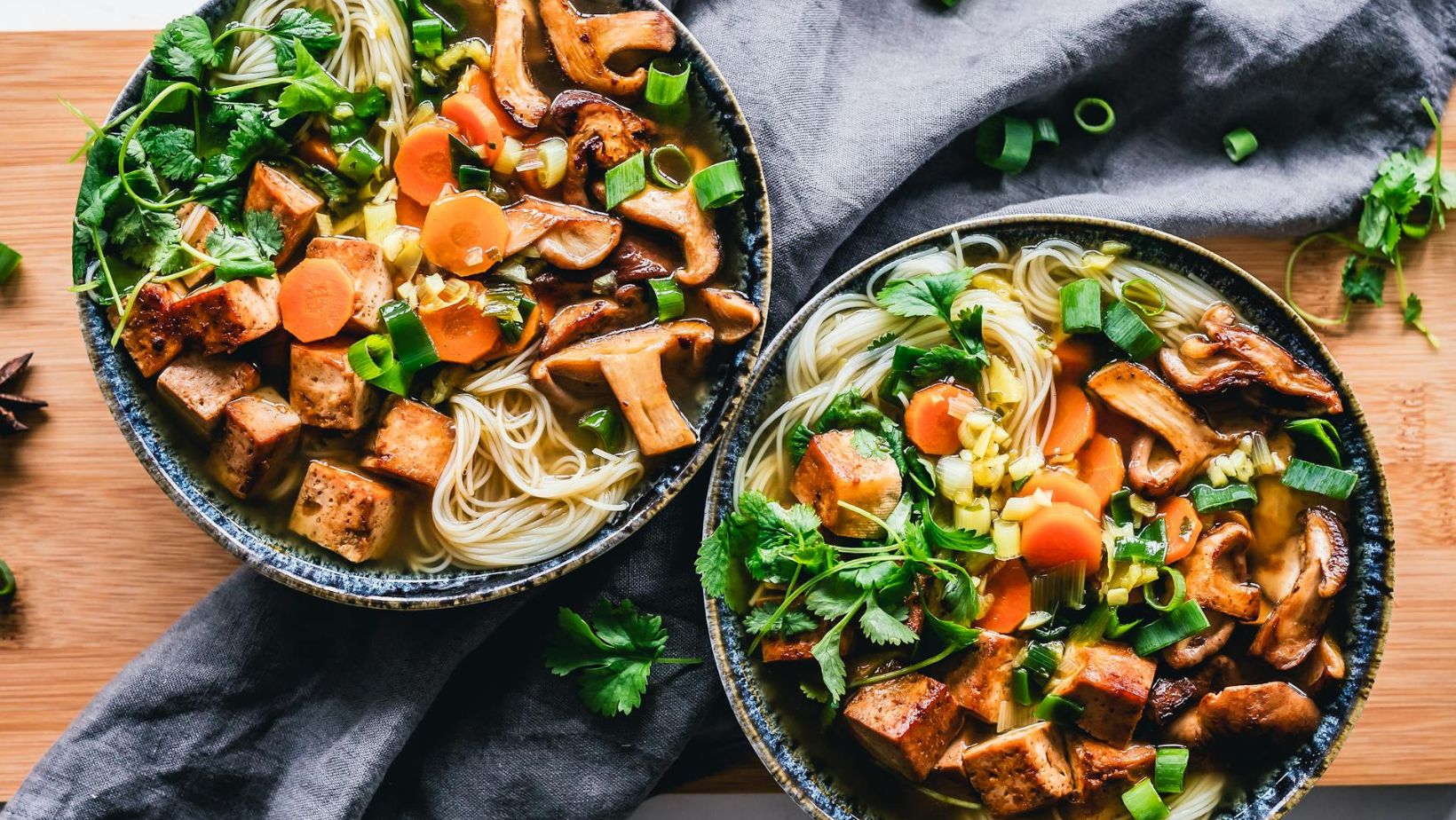Who says healthy food can’t be delicious? In today’s culinary world, it’s not just about pleasing the palate, but also nourishing the body. This article will take you on a flavorful journey through 10 food items that have won the hearts of foodies not just for their mouth-watering taste, but also for their health benefits.
From antioxidant-rich fruits to protein-packed seeds, these food items are the perfect blend of health and taste. They’re the secret ingredients that transform an ordinary meal into a gourmet delight. So, if you’re a food lover looking to maintain a healthy lifestyle without compromising on taste, you’re in for a treat! Stay tuned as we unveil these culinary gems.
Avocados
Avocados, a favorite among food connoisseurs, combine distinctive tastes and health benefits. Not typically sweet like some other fruits, this unique food item presents a creamy texture, a nutty flavor, and acts as a versatile ingredient in various dishes. Nutritionists endorse avocados for their rich mix of fiber, healthy fats, and nutrients. Comprising vitamins K, C, E, and B-6, avocados also provide essential minerals like magnesium and potassium. These nutrients support heart health, assist digestion, and enhance skin benefits, validating the inclusion of avocados in a nutritious regimen.
Blueberries
Blueberries, abundant in taste and overflowing with health benefits, make for an appetizing addition to the list. Packed with antioxidants, these small, round berries can counter free radicals in the body, which mitigates aging and disease. Through their high fiber content, blueberries serve as an efficient digestion aid, making them a hit among foodies. Vitamin C and K make up a considerable part of blueberries’ nutrient profile, which advances skin health and fortifies bone strength.

These delightful berries can be incorporated into a plethora of dishes, ranging from smoothies to salads, enabling Charlotte’s Web of culinary creativity to spread.
Quinoa
Transitioning from berries and fruits, the conversation now involves an exceptional grain—quinoa. Dispelling the myth that all carbohydrates are unhealthy, quinoa stands as a prime example of a nutrient-dense choice, loved by foodies for its taste and health benefits. A one-cup serving of cooked quinoa packs eight grams of protein, five grams of dietary fiber, and a slew of minerals such as manganese and magnesium. This super grain shines not only for its nutrient contribution but also for its appealing taste, featuring a slightly nutty flavor and chewy texture. Its culinary versatility, akin to the previously discussed blueberries, enables it to grace salads, stir-fries, soups, and more.
Salmon
Salmon secures its position as a foodie favorite due to its irresistible taste and undeniable health benefits. This oily fish is recognized for its generous omega-3 fatty acids, lending to cardiovascular well-being, and for its substantial protein content, contributing to muscle health. Additionally, salmon’s sourcing process entrusts foodies with a sustainable option for their seafood indulgence, allowing them to experience delectable flavors without compromising environmental factors. Just like blueberries and quinoa, salmon unequivocally corroborates the amalgamation of nutrition and gastronomical euphoria.
CBD Gummies
Joining the lineup of fantastic foods are CBD Gummies, an excellent example of harmonizing wellness and flavor. CBD Gummies signify a palatable alternative to traditional CBD oil, offering numerous advantages such as pain relief and anxiety reduction, in a tasty foothold. They contain compounds from the cannabis plant, primarily CBD, which unlike THC, do not exhibit psychoactive properties. Known for their soothing effects, CBD Gummies are more than just a sweet treat. Typically, they’re infused with a calculated amount of CBD, allowing individuals to keep track of their intake. Drawing inspiration from brands, such as Charlottes Web, which vouch for the purity and potency of their CBD Gummies, these treats exemplify the balance between taste and health advantages that foodies crave.
Kale
Moving on in the delicious yet healthful culinary journey, Kale joins the assembly. Revered for its powerhouse of nutrients, it’s a favorite among foodies who appreciate both great taste and wellness. Like the preceding foods, Kale contains vitamins and fiber prominently. Furthermore, it holds cancer-fighting antioxidants and omega-3 acids, akin to those found in salmon. This leafy green vegetable also surprises taste buds with its slight bitterness and crunchy texture. Kale, although void of the therapeutic compounds found in CBD Gummies represented by brands like Charlottes Web, still stands as a formidable food offering balance between health benefits and taste.
Greek Yogurt
Diving deeper into the palate of healthful, tasty items, Greek Yogurt presents itself as a must-have for every foodie.

Enriched with probiotics, it’s identified as a champion for digestive health. Similar to Charlottes Web’s emphasis on purity, Greek yogurt stands apart for its minimal processing, retaining crucial nutrients, such as protein, calcium, iodine, and vitamin B-12. Its tangy flavor and creamy texture contribute to its widespread appeal among food enthusiasts, making it a delight to indulge in while still offering significant health advantages. It aligns with the central theme of foods that strike a balance between taste and health benefits.
Dark Chocolate
Transitioning from the tangy flavor of Greek Yogurt, Dark Chocolate makes its mark not only for its addictive, bittersweet taste but also its nutritional profile. High in flavonoids, Dark Chocolate promotes heart health, aiding in improved blood pressure and blood flow. Coupled with its packed composition of critical antioxidants, this makes it a darling among foodies. Additionally, moderate consumption of Dark Chocolate – just like the beloved Charlottes Web CBD Gummies – can alleviate stress, adding another reason to its popularity.
Almonds
Segueing from Dark Chocolate, Almonds hold their own share of health and taste appeal, much alike Charlottes Web CBD Gummies. Revered for their versatility, their sweet, nutty flavor gratifies the gourmet waiting in every foodie. Packed with monounsaturated fat, dietary fiber, and protein, they carry an impressive nutritional profile.

Excellent sources of Vitamin E, they back up skin health, bearing a semblance to an edible sunscreen. Studies indicate a correlation between regular almond intake and a reduced risk of heart disease, chiefly due to their cholesterol-lowering effects.
Sweet Potatoes
Sweet Potatoes serve as a gourmet delight and a health booster. They display a rich, savory sweetness that appeals to foodies while bursting with vital nutrients. Possessing high amounts of Vitamin A, these root vegetables promote eye health. They also carry antioxidant properties, much like blueberries, that combat cellular damage. Sweet Potatoes round out their impressive health resume with thiamine, riboflavin, and pyridoxine, contributing to proper neurological function.
Conclusion
So there you have it – the top ten food items that delight foodies with their taste and health benefits. It’s clear that these superfoods, from avocados to sweet potatoes, offer more than just a satisfying bite. They’re packed with essential nutrients, antioxidants, and vitamins that contribute to overall health. Whether it’s the fiber in avocados, the antioxidants in blueberries, or the nutrient density of quinoa, each food brings something unique to the table. Even treats like CBD Gummies and dark chocolate have their health benefits, proving that healthy eating doesn’t have to be boring.





